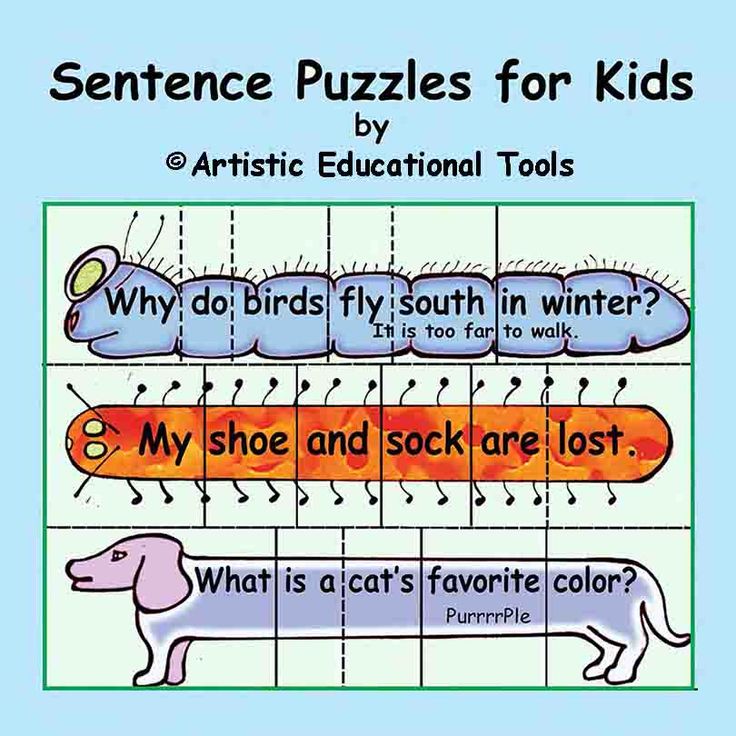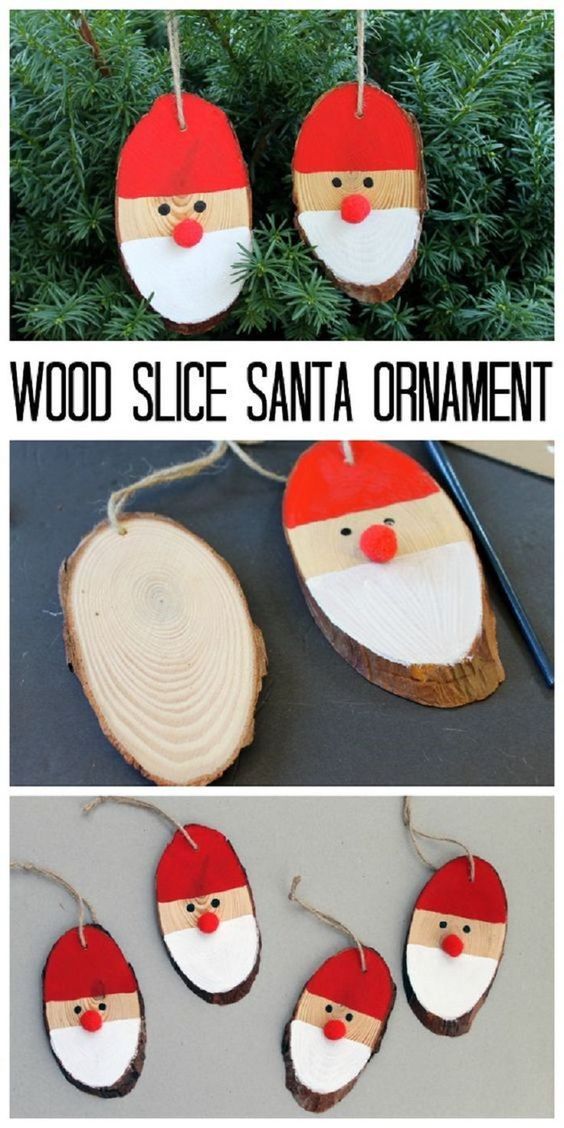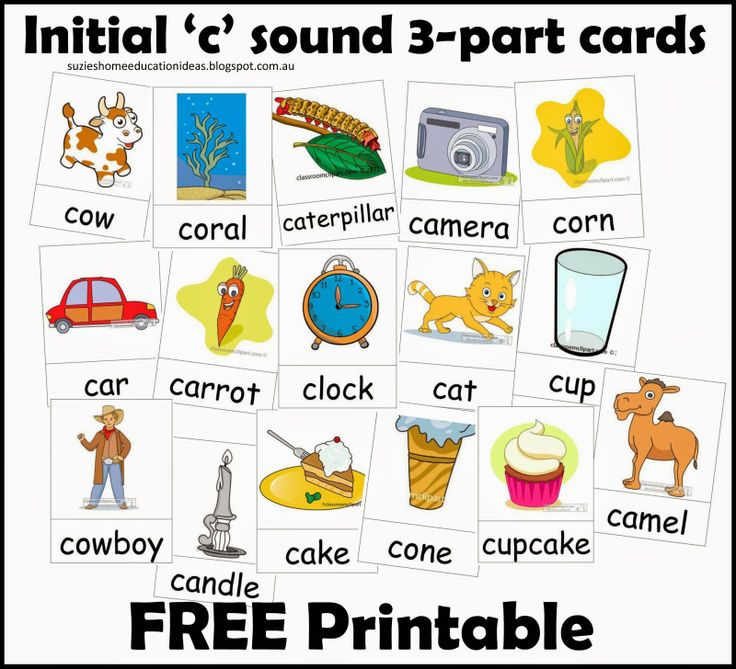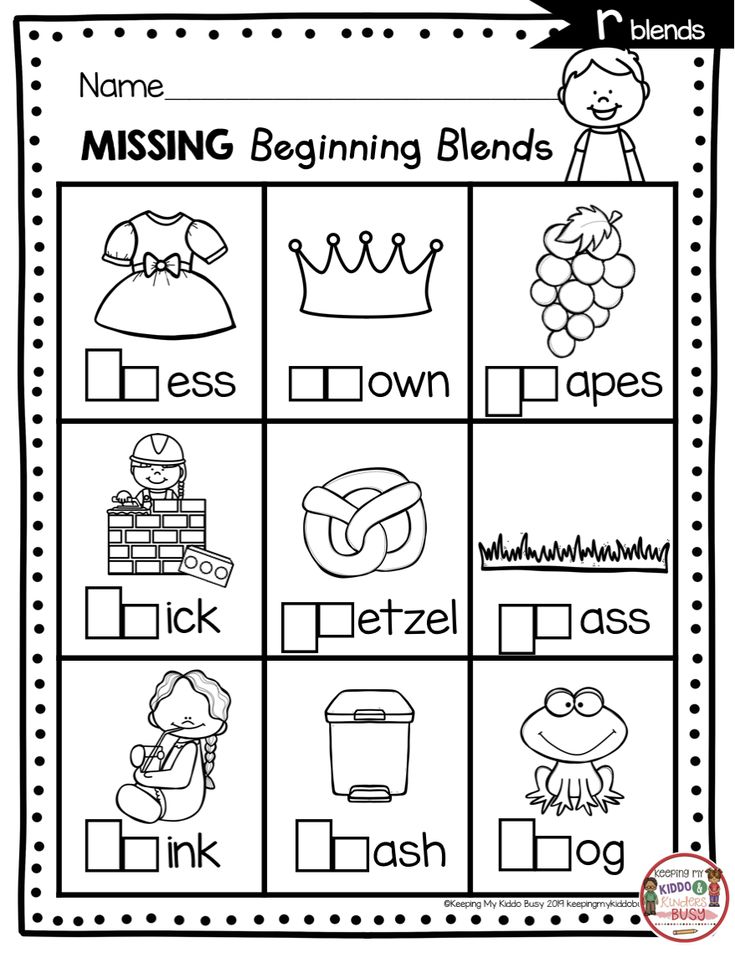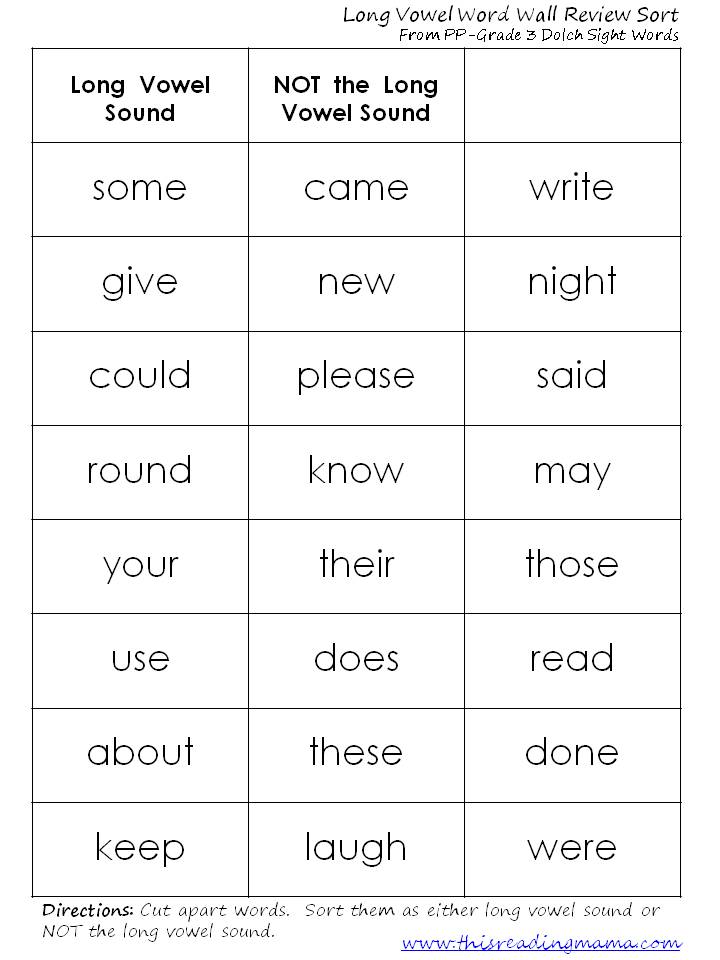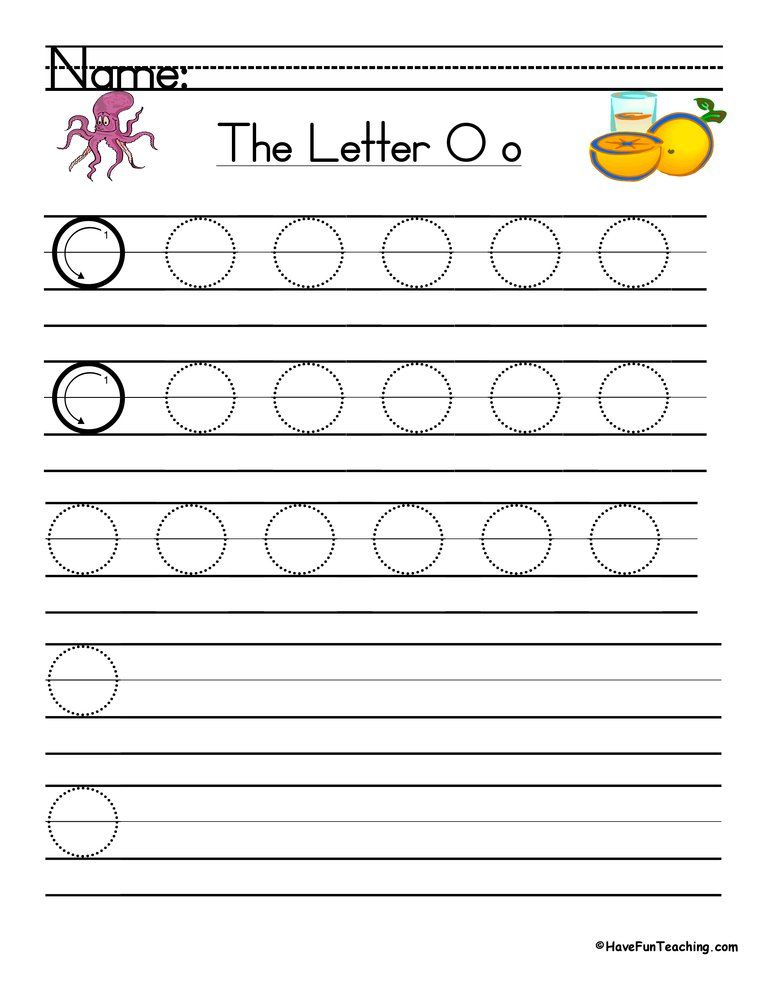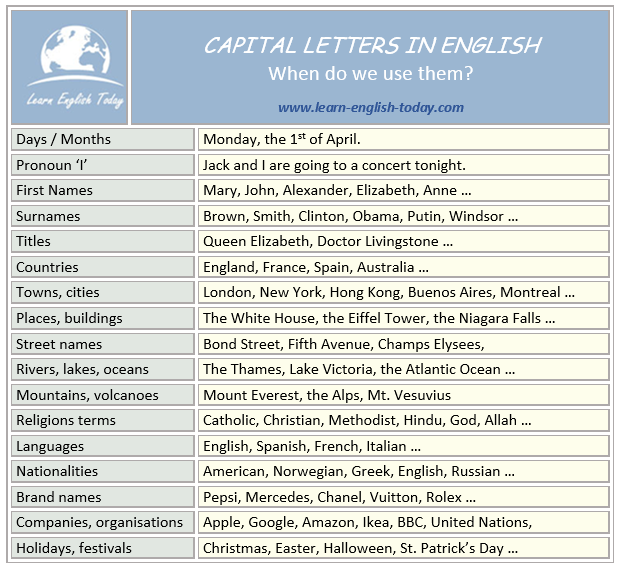Nursery rhyme science
Nursery Rhymes: Math and Science In Nonsense Activities - Early Literacy - Literacy and Reading
Nursery Rhymes: Math and Science Sense in Nonsense
Activities
Graphing Personal Preferences or Opinions
Materials: Paper plates in 2 colors; 2 ropes about 15’ long with knots tied in each every 18”; 2 items to experience with one of the senses OR 2 ideas to think about
• Children sample 2 items using one of their senses OR choose between 2 ideas.
• A specific color paper plate will represent each sensory item or idea.
• EXAMPLE: Apples = Red, Bananas = Yellow; Yes = Blue, No = Pink
• Children decide which sensory item or idea they prefer.
• Each child receives a colored paper plate corresponding with its preference or opinion.
• Line up children with like colored paper plates in 2 separate lines side by side with their “outside” hands holding the rope and their “inside” hands holding the paper plates.
• Ask children which line is longer and what it means.
• While still holding the rope, children place their colored paper plates in lines on the floor with opposing colors side by side. One line may be longer than other.
• Children now let go of the ropes and step away from the plates on the floor to see the visual representation of their personal preferences or opinions.
• When children come to understand the process of graphing, they can be given colored felt figures to line up on a flannel board or some other sort of marker such as colored post-it notes, stickers, etc.
Spatial Relationship Hide-and-Seek
• Select one of these spatial relationship terms to explore at a time: Over, Under, Behind, Inside, On Top, Below.
• Children identify all the places in the classroom related to that term.
• EXAMPLE: Under the teacher’s desk; under a student’s chair; under a table; under a blanket.
• One child is “it” and closes her eyes while a student hides an object someplace related to the term the class is exploring.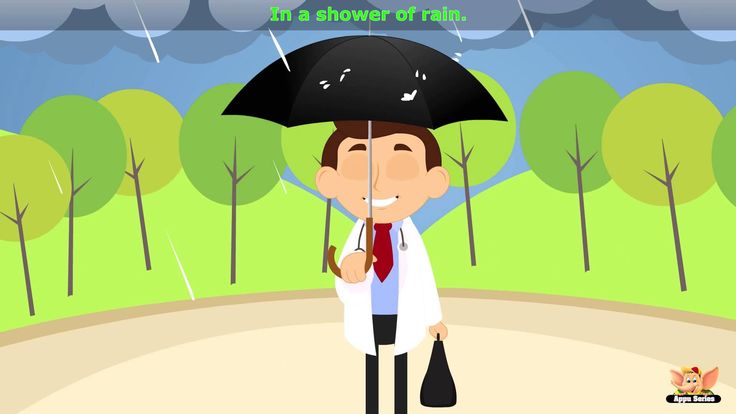
• When the child is far away from the object, the class tells her she is “cold.” As she gets closer to the object, the class tells her she is “warm.” When she is very close, they tell her she is “hot.”
• This game can be played over and over using the same term until the students have learned its meaning.
• Switch to a new term when children understand one term.
Apples and Bananas
I like to eat, eat, eat, apples and bananas and potatoes and shrimp and hamburgers and…
Science – Sensory Exploration – Taste
Math – Graphing
Children taste a piece of apple and a piece of banana then graph their personal preference as described above.
(“Do You Know the Muffin Man” pg. 25)
Math – Division
Show children how cutting an apple into more pieces makes it easy to share it with others. First cut into 2 pieces, then 4, then 8, etc. Introduce fraction vocabulary. (“Where is Thumbkin?” p. 181)
Are You Sleeping?
Wake up, sleepy eyes!
Math – Graphing 2 Possibilities
Give each child 10 large wiggle eyes to toss onto a colored paper plate. Graph the number of “sleepy eyes” (those that land face down) and “wakeful eyes” by lining each up side by side in an ice cube tray. Count them using one-to-one correspondence. (Adapted from Do You Know the Muffin Man?, p. 28)
Graph the number of “sleepy eyes” (those that land face down) and “wakeful eyes” by lining each up side by side in an ice cube tray. Count them using one-to-one correspondence. (Adapted from Do You Know the Muffin Man?, p. 28)
Math – Skip Counting by 5’s
As each child completes the activity above, write their results using hatch marks on the blackboard to create a “sleepy eye” / “wakeful eye” graph for the whole class. Show children how each set of 5 hatch marks stands for 5 eyes. Write the numerals 5, 10, 15, etc. under the appropriate set of hatch marks. Practice skip counting!
Baa Baa Black Sheep
If the three bags full were different sizes, who got the most wool?
Math – Spatial Relationships – Over, Under, Behind, Inside, On Top, Below
Select one spatial relationship at a time for this game and play “Spatial Relationship Hide-and-Seek” as described above hiding a little sheep stuffed animal.
Science – Empty and Full
The following activities can take place over several days: Show children three different sized brown paper bags.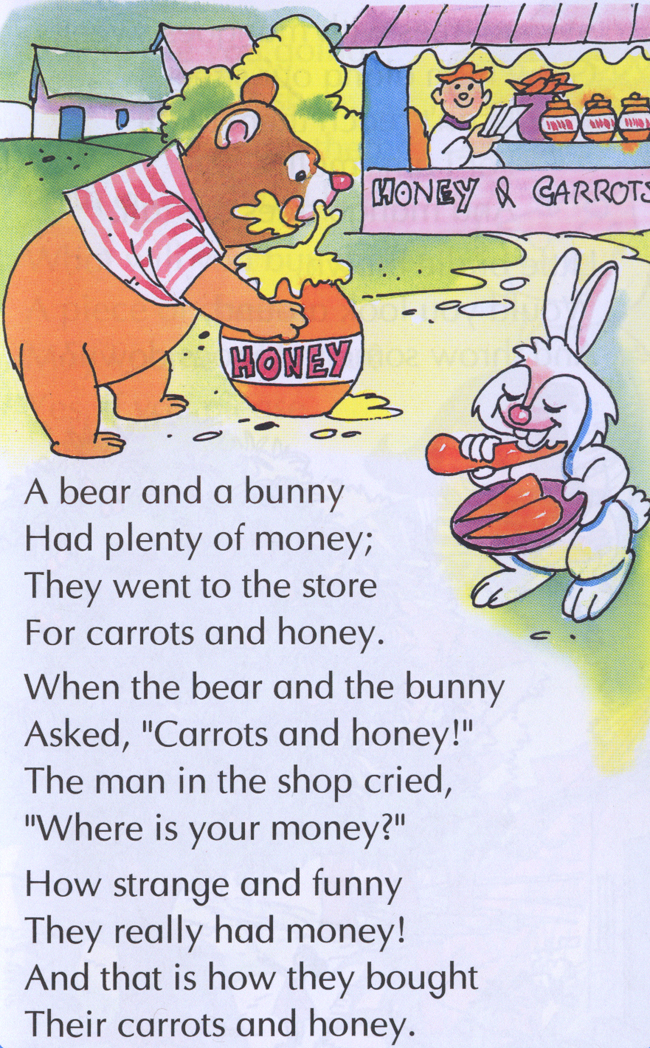 Ask if they are empty or full. With children’s help, fill each bag with cotton balls. When they are full, ask again if they are empty or full. Say the rhyme again with the children then ask which bag was for each of the characters in the rhyme (master, dame, little girl who lives down the lane.)
Ask if they are empty or full. With children’s help, fill each bag with cotton balls. When they are full, ask again if they are empty or full. Say the rhyme again with the children then ask which bag was for each of the characters in the rhyme (master, dame, little girl who lives down the lane.)
Math – Graphing Predictions
Ask children to predict which character got the most wool. Graph their predictions. Count out the cotton balls in each bag and, if possible, line them up to make a bar graph. Direct children to compare their predictions with the actual amounts. Bags could also be weighed to see which is heaviest and which is lightest. Discuss if it was fair for one character to receive more wool than the others. Should they all get the same amount of wool?
Math -- Seriating
Direct children to arrange the bags in order from biggest to smallest and vice versa.
Do Your Ears Hang Low?
How low is low when it comes to ears?
Science – Comparing and Contrasting Living Things
Show children pictures of animals with different kinds of ears. Contrast: How are the animals’ ears different from each other and from human ears? Compare: Which animals have similar ears and how are they similar. What about mouths?
Contrast: How are the animals’ ears different from each other and from human ears? Compare: Which animals have similar ears and how are they similar. What about mouths?
(Adapted from Do You Know the Muffin Man, pg. 50)
Five Little Speckled Frogs
In the cool of the pool…
Math – Subtraction
Act out the rhyme using masks, plastic frogs, refrigerator magnets, etc. After each frog jumps into the pool, count the remaining frogs using one-to-one correspondence.
Science – Life Cycles – Frogs
Read a non-fiction book about the life cycle of frogs.
Head, Shoulders, Knees and Toes
And teeth and cheeks and wrists and arms and elbows and …
Science – Naming the Parts of the Body
After singing the traditional words, substitute other words for other parts of the body lips, such as tongue, teeth, eyebrows, jaw, cheeks, earlobes, thighs, shins, calves, ankles, fingers, knuckles, palms, wrists, arms, chest, elbows, back, waist, hips. Show the children the names of these parts of the body on a chart and see if they can find them on their own bodies.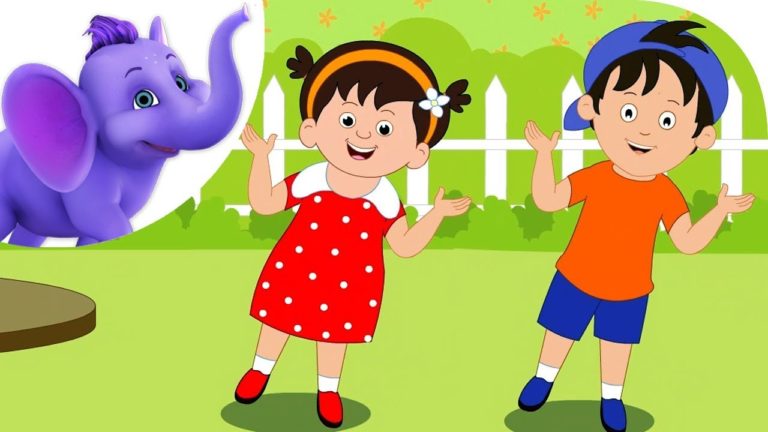
Hickety Pickety, My Black Hen
Eggs-actly which egg is which?
Science – Sensory Exploration – Hearing
In plastic eggs put the following items then seal the eggs with clear tape:
2 eggs – 1 tablespoon of rice each
2 eggs – 1 tablespoon of red beans each
2 eggs – 1 tablespoon of salt each
2 eggs – 1 tablespoon of lentils each
2 eggs – 1 tablespoon of unshelled sunflower seeds each
Have children shake the eggs and listen to the sound each makes. Direct them to find the pairs of eggs that sound alike. Use the terms “alike” and “different” when talking with them. User fewer pairs for younger children.
Hickory Dickory Dock
Who else ran up the clock?
Math – Time
Using a demonstration clock, show children the position of the big hand and little hand when the clock strikes one. Move the little hand to 2 and ask them what time that would be. Continue with different hours.
Math – Measuring
Explain that a grandfather’s clock is an old-fashioned kind of clock in the rhyme.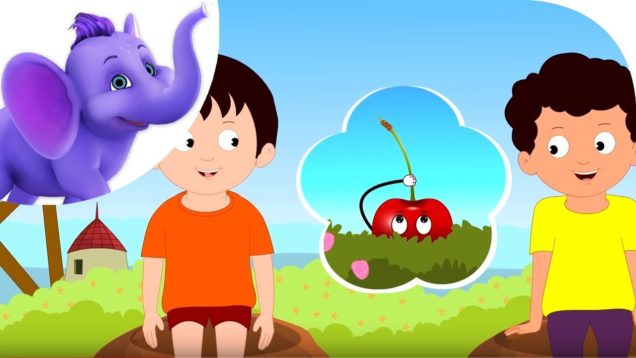 Direct the children to find something in the classroom to represent a grandfather’s clock. Graph how many steps it takes a toy mouse to climb up the clock using the length of the toy mouse’s body to represent a “step.”
Direct the children to find something in the classroom to represent a grandfather’s clock. Graph how many steps it takes a toy mouse to climb up the clock using the length of the toy mouse’s body to represent a “step.”
Math – Graphing
Repeat the activity above using other toy creatures such as bugs, stuffed animals, etc. Graph the different number of steps it takes for the different creatures to “climb” up the clock. Guide the children to understand that the bigger the critter, the fewer steps it takes.
Humpty Dumpty
Why didn’t Humpty fall up?
Science Exploration – Comparison and Contrast of Living and Non-Living Things
Show children pictures of Humpty Dumpty and help them understand that he is an egg. Bring a real raw egg to class and show the children that when an egg is dropped (on a cookie sheet or in a pan!) it breaks and cannot be put back together. Discuss things that break and can be fixed and those that break that cannot be fixed.
Science Exploration – Gravity
Make a wall out of blocks.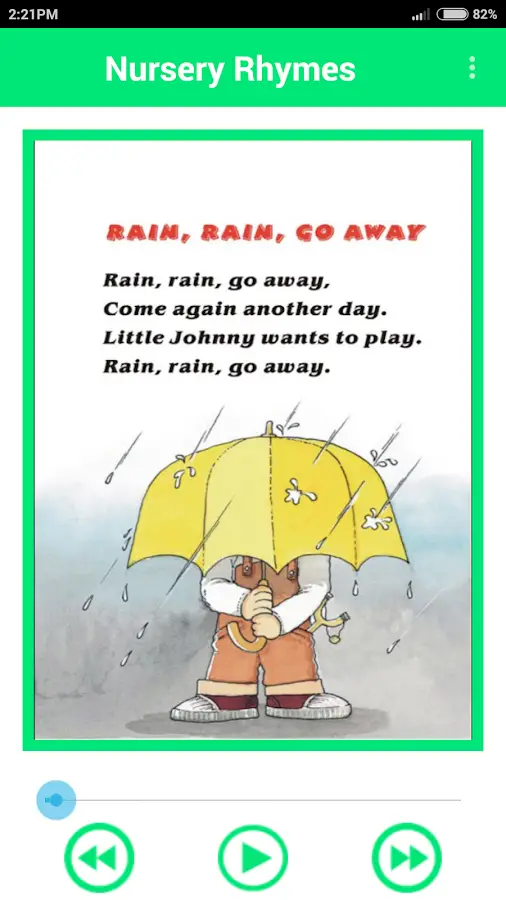 Hold a plastic egg on the edge of the wall. Tell the children that you will let go of the egg. Ask them what will happen. Let go of the egg. Repeat the activity asking them if they think the egg will fall down again. Ask them if the egg will ever fall up. Does anything ever fall up? Tell the children about the invisible force called “gravity” that keeps things from floating around and that makes things fall down.
Hold a plastic egg on the edge of the wall. Tell the children that you will let go of the egg. Ask them what will happen. Let go of the egg. Repeat the activity asking them if they think the egg will fall down again. Ask them if the egg will ever fall up. Does anything ever fall up? Tell the children about the invisible force called “gravity” that keeps things from floating around and that makes things fall down.
I’m a Little Teapot
Getting “all steamed up” to “shout” is science!
Science – Changes in Matter
Show the children a real teapot with a whistle on it. Show them the handle and the spout. Explain that when water is heated, the water changes to steam and that makes the whistle “shout” to let us know that the water is hot and ready to make tea. If you have access to a stove, demonstrate how boiling water in a tea kettle makes the whistle blow or “shout.”
Itsy Bitsy Spider
Let the sun shine on!
Science – Evaporation
Ask the children if they’ve ever seen a puddle of water outside after a rain.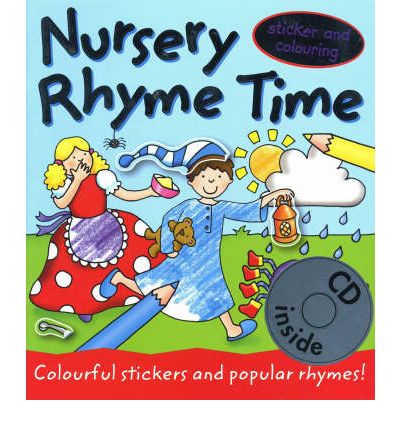 Ask them if the puddle stays there forever or if it goes away. Guide them to understand that warmth from the sun dries up the water and that this is called evaporation. Place a cookie sheet outside on a sunny day in the morning. Spray some water on it. At the end of the day, is the water still there? What happened to it?
Ask them if the puddle stays there forever or if it goes away. Guide them to understand that warmth from the sun dries up the water and that this is called evaporation. Place a cookie sheet outside on a sunny day in the morning. Spray some water on it. At the end of the day, is the water still there? What happened to it?
Explain what a water spout is. Many children don’t have gutters on their homes with down spouts. If your building has gutters with downspouts, show the children.
Jack and Jill
Lack of indoor plumbing can be hazardous.
Science -- Water
Show children pictures of the rhyme that include a well. Explain that a long time ago people didn’t get their water out of faucets but instead got it out of a deep hole in the ground using a bucket and a rope. Show a book or poster of the water cycle explaining that there is water underground as well as in lakes and rivers.
Science – Simple Machines -- Pulleys
Make a pulley using an empty spool of thread (or a sewing machine bobbin) with a skinny pencil stuck through the hole.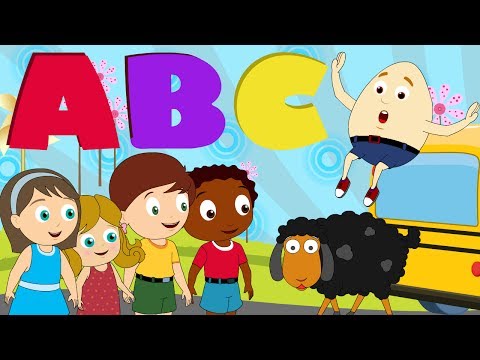 Tie a cord to a little bucket. Lap the cord over the “pulley.” Let the loose end of the cord go all the way to the floor. While standing, hold the two ends of the pencil. Direct children to take turns sitting on the floor near you, pulling the rope down, and raising the buck up using the pulley. Use the terms “up” and “down.”
Tie a cord to a little bucket. Lap the cord over the “pulley.” Let the loose end of the cord go all the way to the floor. While standing, hold the two ends of the pencil. Direct children to take turns sitting on the floor near you, pulling the rope down, and raising the buck up using the pulley. Use the terms “up” and “down.”
Science – Gravity
Make a “hill” out of pillows and a blanket. Place a small empty cardboard tube at the top of the “hill.” Ask the children what they think will happen if you give the tube a little push toward the bottom of the hill. Push the tube then encourage children to tell what happened. Now place the cardboard tube at the bottom of the hill. Ask the children what they think will happen if you give the tube a little push toward the top of the hill. Push the tube then encourage children to tell what happened. Ask them if they’ve ever seen anything roll up a hill. Explain that there is an invisible force that keeps things from rolling up.
Little Bo Peep
Bo Peep’s sheep might be on a ship or in a shoe.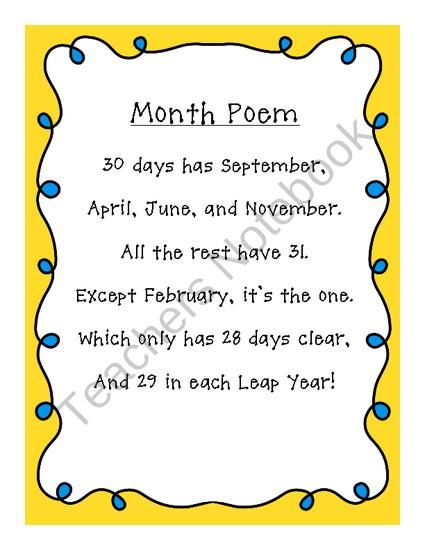 .
.
Math – Spatial Relationships – Over, Under, Behind, Inside, On Top, Below
Select one spatial relationship at a time for this game and play as described above in “Spatial Relationship Hide-and-Seek.” Hide a little sheep stuffed animal.
Little Miss Muffet
Why would a spider frighten Miss Muffet? Maybe it wasn’t “itsy-bitsy!”
Math -- Seriating
Show the children toy spiders in different sizes. Direct them to arrange the spiders in order of smallest to largest.
Mary Had a Little Lamb
Mary’s lamb was NOT a good classroom pet.
Science – Comparing and Contrasting Living Things
Read the children a book about taking care of different kinds of animals including sheep, cats, goldfish, wild animals, birds, hamsters, etc. Discuss the different places that animals live, what they eat, how to care for them. Guide children to discuss good pets for living inside the house, outside the house, and inside a classroom. Now maybe they’ll understand why Mary’s poor little lamb got expelled from school.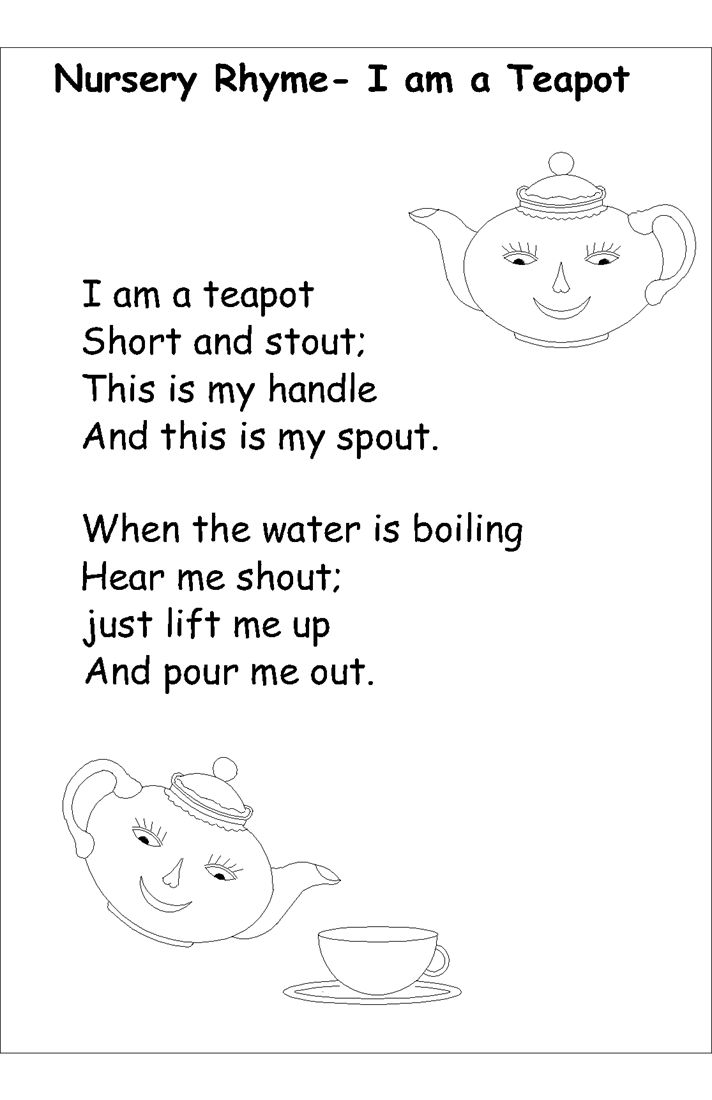
Mary Mary Quite Contrary
There really is no such thing as a “green thumb.”
Science – Plants Need Sun
Plant grass seed in two different containers of the same size. Place one in a closet and one on a windowsill where it will get sunlight. Water each an equal amount according to directions on the seed packet. Which one sprouts?
Science – Plants Need Water
Buy a couple of white long-stemmed carnations. Fill a couple of empty water bottles (labels peeled off) with water. Add different colors of food coloring to each bottle. Cut the stems of the carnations so that the flowers will stick out of the bottle about 4” each. Now place the carnations in the colored water. In a day or so, the children will see that the carnations are “drinking” the water as the veins in the petals are now colored. Look at these veins in a magnifying glass. Introduce the idea that people have veins, too, for carrying blood around our body.
Muffin Man
Muffins can be quite tasty!
Science – Sensory Exploration – Taste
Math – Graphing
Purchase or make 3 different kinds of muffins with distinctly different flavors and textures. Have enough muffins for each child to have a couple of bites of each kind. Muffins can be cut into quarters for tasting. Keep one of each type whole and place one of each type in a 6-muffin tin with colored corresponding preference markers below each type of muffin. This is the graphing “guide.” Whole group tastes one kind of muffin all at same time and discuss its flavor and texture. Then group tastes the second kind and discusses it then the third with discussion. Direct the children to think quietly of which muffin they liked the most. One by one have each child select the marker from the “guide” that represents their preference. Markers are lined up in a bar graph on table, poster or board. Count the number of votes for each muffin. Write the numerals on a marker and place them in the appropriate muffin holders. Discuss which muffin had most votes and which had least.
Have enough muffins for each child to have a couple of bites of each kind. Muffins can be cut into quarters for tasting. Keep one of each type whole and place one of each type in a 6-muffin tin with colored corresponding preference markers below each type of muffin. This is the graphing “guide.” Whole group tastes one kind of muffin all at same time and discuss its flavor and texture. Then group tastes the second kind and discusses it then the third with discussion. Direct the children to think quietly of which muffin they liked the most. One by one have each child select the marker from the “guide” that represents their preference. Markers are lined up in a bar graph on table, poster or board. Count the number of votes for each muffin. Write the numerals on a marker and place them in the appropriate muffin holders. Discuss which muffin had most votes and which had least.
Scientific Investigation with a Magnifying Glass
Gather samples of muffin ingredients (salt, sugar, flour, baking soda) and place on separate pieces of wax paper.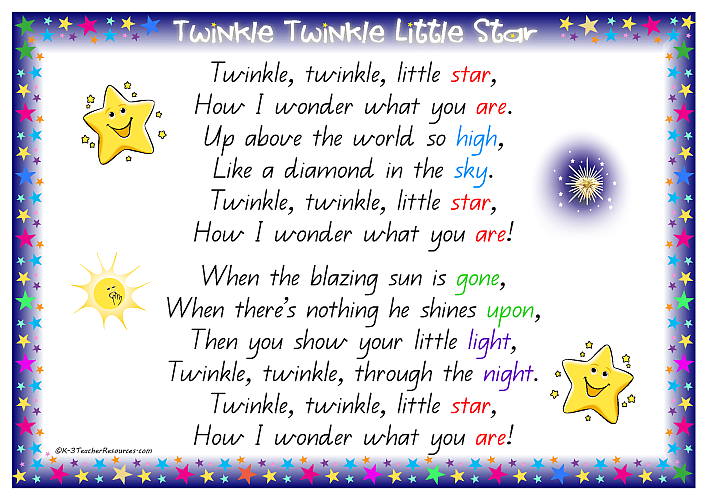 Don’t let the children see you doing this. Children try to identify each substance just by looking at them with their eyes then with the magnifying glass.
Don’t let the children see you doing this. Children try to identify each substance just by looking at them with their eyes then with the magnifying glass.
(Adapted from “Where Is Thumbkin?” pg. 101)
Oats and Beans and Barley
Let’s hear it for the vegetarians!
Math – Patterns
Discuss different kinds of grains, beans, etc. Show children examples of each. Children glue different colors of grains, beans, and legumes in patters on a board. Or they can spoon them in layers in small jars to make patterned “paperweights” as gifts!
Oh Where, Oh Where Has My Little Dog Gone?
Another missing critter!
Math – Spatial Relationships – Over, Under, Behind, Inside, On Top, Below
Select one spatial relationship at a time for this game and play as described above in “Spatial Relationship Hide-and-Seek.” Hide a little dog stuffed animal.
Old MacDonald Had a Farm
Let’s hope all those animals kept quiet at night so Old MacDonald could get some rest.
Math – Sorting and Classifying Animals
Direct children to sort various animals into those that live on a farm, in the water, in the jungle using plastic animals or cut out figures.
Math – Sequence of Events
Direct children to dramatize the order of the animals in the song using masks such as Roylco Farm Animal Masks No. 4951 available through School Aids.
Math -- Seriating
Direct children to arrange all the animals on Old MacDonald’s farm from biggest to smallest then vice versa using either plastic animals, stuffed animals, or cut-out figures.
Scientific Investigations -- Sound
Direct children to feel the vibrations in their vocal cords by placing the back of a hand under the chin while making an “aahhh” sound. Explain that sound is caused by air moving over vocal cords and that different people have different vocal cords so they sound different. Demonstrate the idea by stretching a thick rubber band between your fingers then have a child pluck it a couple of times.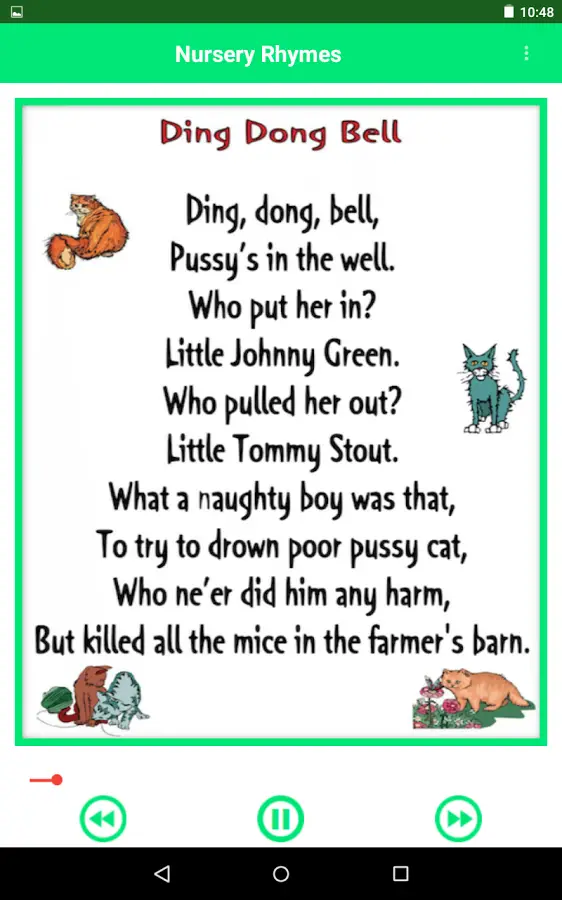 Do this again using smaller and smaller rubber bands.
Do this again using smaller and smaller rubber bands.
Pat-a-Cake, Pat-a-Cake
This rhyme reminds me of my grandfather who called cookies “little cakes.”
Math – Shapes
Direct the children to roll out play dough using small rolling pins or thick wooden dowels cut into 6” pieces. Engage them in cutting out “cakes” in different shapes using cookie cutters. Consider having children roll out real lumps of cookie dough and cutting them with cookie cutters. Direct them to mark their initials in their cookies before baking them.
Queen of Hearts
What if the Queen of Hearts was very fashion conscious?
Math – Shapes
Science – Colors
Each day or week, the Queen of Hearts wants her crown to have only particular shaped or colored “jewels.” Provide a box with various colored and shaped earrings, buttons, foam pieces, etc. from which the children will select the Queen’s latest preference for the jewels in her crown. Children decorate a crown (plastic or cardboard) as a class project.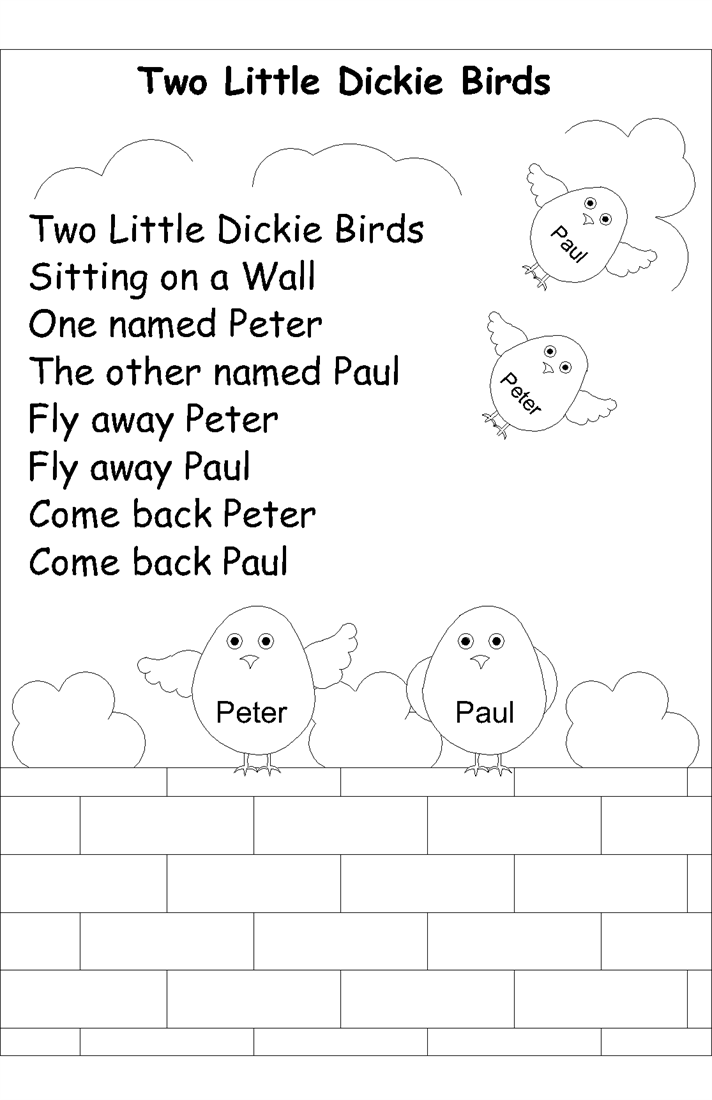 Old clip earrings are fun to play with since they can be changed easily.
Old clip earrings are fun to play with since they can be changed easily.
Ride a Cock-Horse
Rings on her fingers!
Math – Patterns
Children use colorful small elasticized cloth hair ties as rings on their own fingers. Encourage them to use several ties on each finger to make colored patterns.
Rub-a-Dub-Dub
How many people can the tub hold before it sinks?
Scientific Exploration – Floating and Sinking
Math – Graphing
Place a plastic margarine container in a pan of water. Count how many rocks can be placed in the container before it sinks. Graph that number. Now repeat the experiment with a different set of objects and graph that number. Repeat using objects of different sizes and weights, graphing each number (cotton balls, marshmallows, beans, lemons, potatoes, etc.) Guide a discussion about size and weight.
See-Saw, Margery Daw
Up and down and up and down.
Scientific Investigation – Balancing & Weighing
Make a see-saw using a ruler, a spool of thread and a rubber band. Fold rubber band in half and wrap it around spool. Slip the ruler through the rubber band loops and slide the spool to the exact center of the ruler. Make clay “creatures” in different sizes to ride on the see-saw. Guide children to notice how the bigger clay creatures weight the see-saw down. Challenge them to balance the see-saw with either 2 clay creatures the same size or with various sized ones.
Fold rubber band in half and wrap it around spool. Slip the ruler through the rubber band loops and slide the spool to the exact center of the ruler. Make clay “creatures” in different sizes to ride on the see-saw. Guide children to notice how the bigger clay creatures weight the see-saw down. Challenge them to balance the see-saw with either 2 clay creatures the same size or with various sized ones.
NOTE: This kind of homemade see-saw does not maintain perfect balance. For a more scientifically satisfying experience, purchase a commercial balance scale from an educational vendor.
Ten in a Bed
“You’re squishing me!”
Math – Subtraction
Dramatize the song using stuffed animals of different sizes in a bed made from a cardboard box, a pillow, and a pillowcase. Count the number of animals remaining in bed after each verse.
To Market, To Market
How much does it cost?
Math – Money
Set up a play store where various types of items and stuffed animals will be “sold” for play money.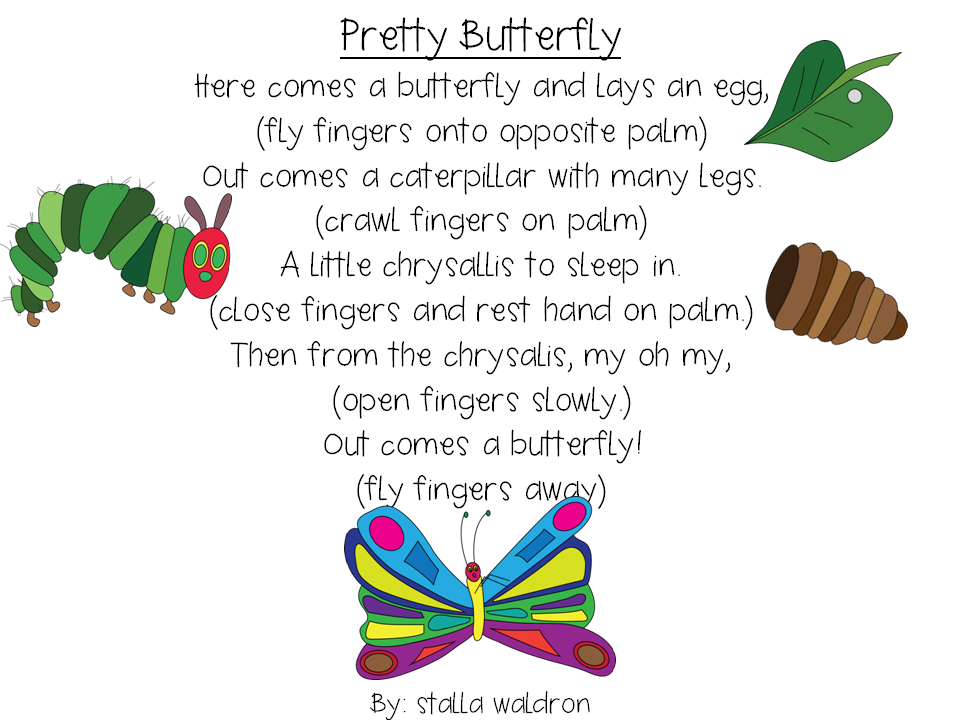 Guide the children to make price tags for everything using numerical concepts they understand. Direct them to take turns being the customers and the shopkeeper.
Guide the children to make price tags for everything using numerical concepts they understand. Direct them to take turns being the customers and the shopkeeper.
Twinkle Twinkle Little Star
How I wonder what constellation you are….
Science – Stars as Objects in the Sky – Constellations
Read the children a book about constellations and point out that the stars in the constellations are like the “dots” in connect-the-dot pictures. Guide each child to select a cookie cutter shape for making a constellation. Pour white glue into a flat dish, have a flat dish of glitter nearby, and piece of black or dark blue construction paper for each child with their name written on a white label on the paper. Have each child dip its cookie cutter into the glue, then into the glitter, then press it onto the paper. Let dry for amazing “constellations.”
Where Is Thumbkin?
Whose thumbkin is whose? The fingerprints will tell.
Scientific Investigation – Fingerprints – Magnifying Glass
Write each child’s name on an index card.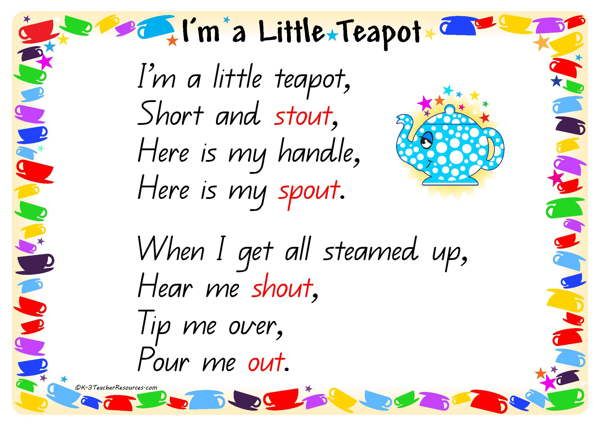 Provide an inkpad then have children make their fingerprints onto their card. Be sure to use washable ink. Direct children to examine their fingerprints with a magnifying glass to see the unique pattern in their fingerprints.
Provide an inkpad then have children make their fingerprints onto their card. Be sure to use washable ink. Direct children to examine their fingerprints with a magnifying glass to see the unique pattern in their fingerprints.
(Do You Know the Muffin Man? pg. 222)
More Than 10 Humpty Dumpty Preschool Science Activities
Activities
This post may contain affiliate links.
Humpty Dumpty preschool science activities are the perfect addition to your nursery rhyme lesson plans. Explore eggs with these experiments!
As you plan your upcoming nursery rhymes activities for preschool, spend a little time focusing on Humpty Dumpty. This rhyme is perfect for spring if you plan to study eggs. Add a little science and STEM to your learning time with these preschool science activities.
humpty dumpty preschool science activities
Teach your preschoolers to make predictions with this egg-dropping experiment! Test which materials will keep Humpty Dumpty from cracking! Great science experiment with a nursery rhymes theme! Turner Tots
Here’s another fun Humpty Dumpty egg-drop science experiment that comes with a simple recording page. It’s perfect for little learners. I Heart Crafty Things
Your preschoolers will love exploring gravity with this Humpty Dumpty “egg”periment. Frogs and Snails and Puppy Dog Tail
There are six Humpty Dumpty egg-speriments on this page that explore sink/float, eggshells, and more. One Time Through
Explore sound with your preschoolers in this egg-themed preschool sensory activity. It’s perfect to use with your Humpty Dumpty activities. No Stress Homeschooling
Challenge your kids to see how tall they can make the wall that Humpty Dumpty sits on in this easy STEM project for kids. Heidi Songs
Kids can build a wall, explore sink and float, and discover whether or not an egg can sit on a wall with these three Humpty Dumpty science activities. Mom to 2 Posh Lil Divas
With some colored transparencies and sharpies, you can make some colorful eggs for your kids to use on a Humpty Dumpty light table.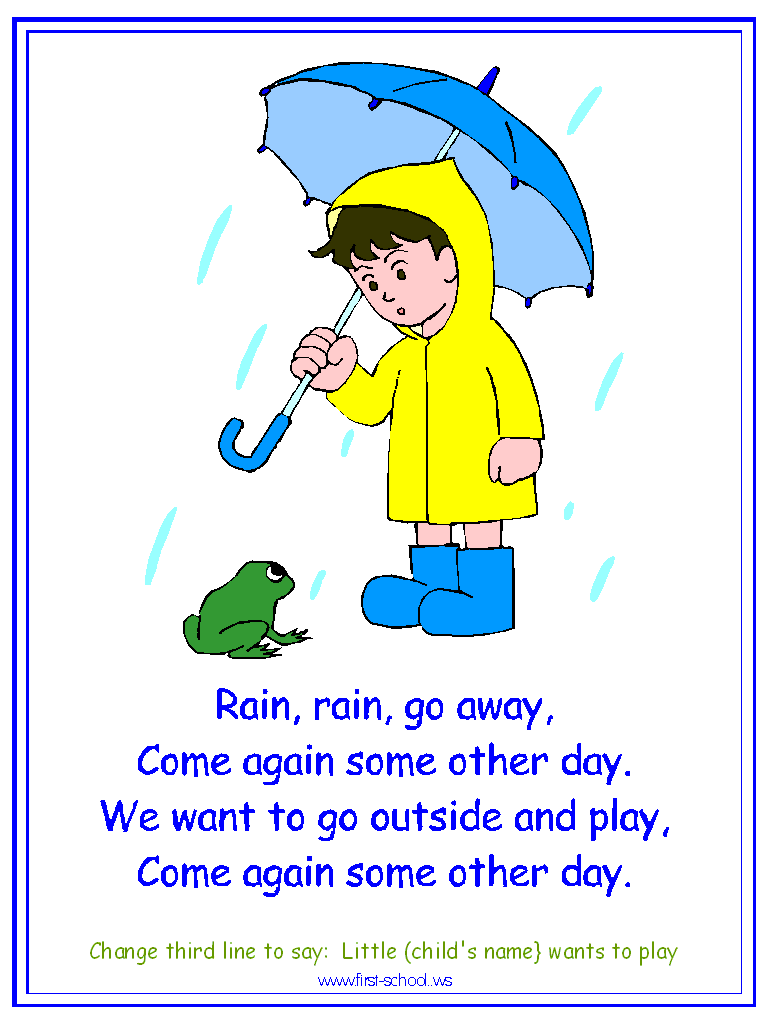 And Next Comes L
And Next Comes L
There are ten egg science experiments you can do with your preschoolers in the midst of your Humpty Dumpty unit plans. Science Sparks
Must Have Resources:
When completing these preschool science activities and printables at home, I find that the following resources are very helpful to have on hand.
HUMPTY DUMPTY STORIES
Fill your book basket with a great collection of preschool Humpty Dumpty books. Most of these books can be found at your local library or used bookstore.
If you have a hard time finding them, you can order them through my Amazon affiliate links by clicking the images below.
After the Fall – Everyone knows that when Humpty Dumpty sat on a wall, Humpty Dumpty had a great fall. But what happened after?
Who Pushed Humpty Dumpty? – Did Humpty Dumpty really just fall off that wall, or was he pushed?
Humpty Dumpty – What if Humpty could be put together again? Salina Yoon takes the popular nursery rhyme and gives it a fresh twist, adorning the pages of this chunky board book with lively images of a lovable egg.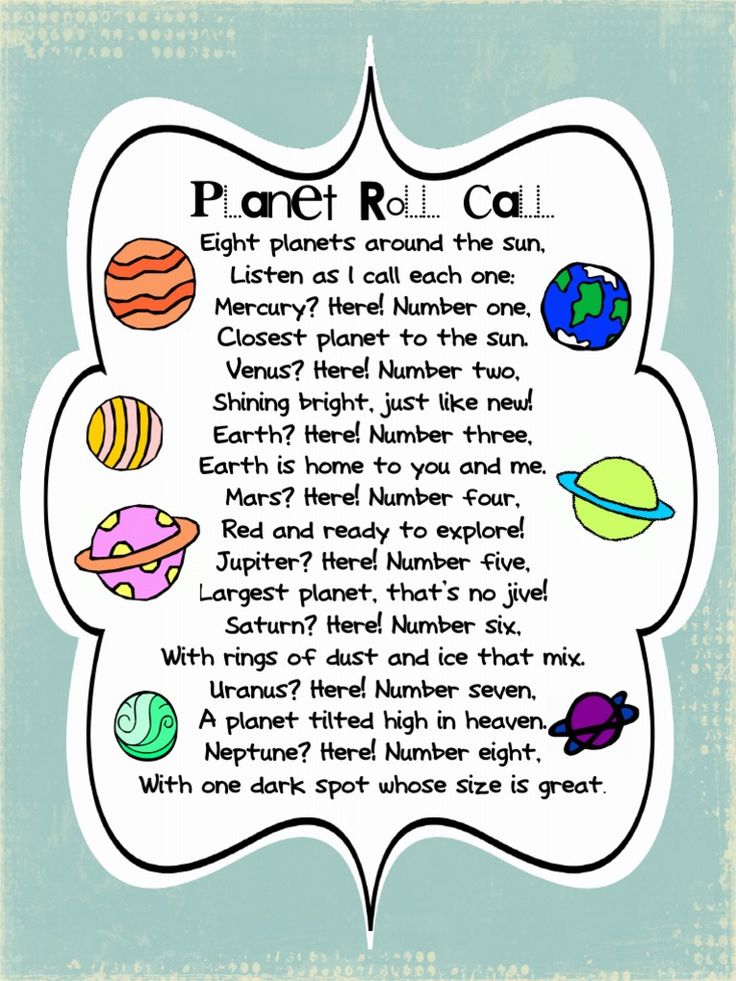
Round Out Your Unit with These Activities:
Bring well-loved nursery rhymes to life with these adorable felt pieces! This Humpty Dumpty set includes 6 felt pieces for independent, quiet play or group activities.
In this Humpty Dumpty’s Wall game, players build up the wall and then take turns pushing out one brick at a time, trying to not knock Humpty Dumpty off his perch!
Related Posts
1.5K shares
- Share14
Post Tags: #Humpty Dumpty Activities#Nursery Rhymes#Preschool Science
Similar Posts
Crafts
Sea Turtle Crafts
This post may contain affiliate links.Sea turtle crafts are perfect for your summer and ocean-themed preschool lesson plans. You’ll have a hard time choosing which one to make first! Whether…
Read More Sea Turtle CraftsContinue
Activities
Shapes for Kids
This post may contain affiliate links.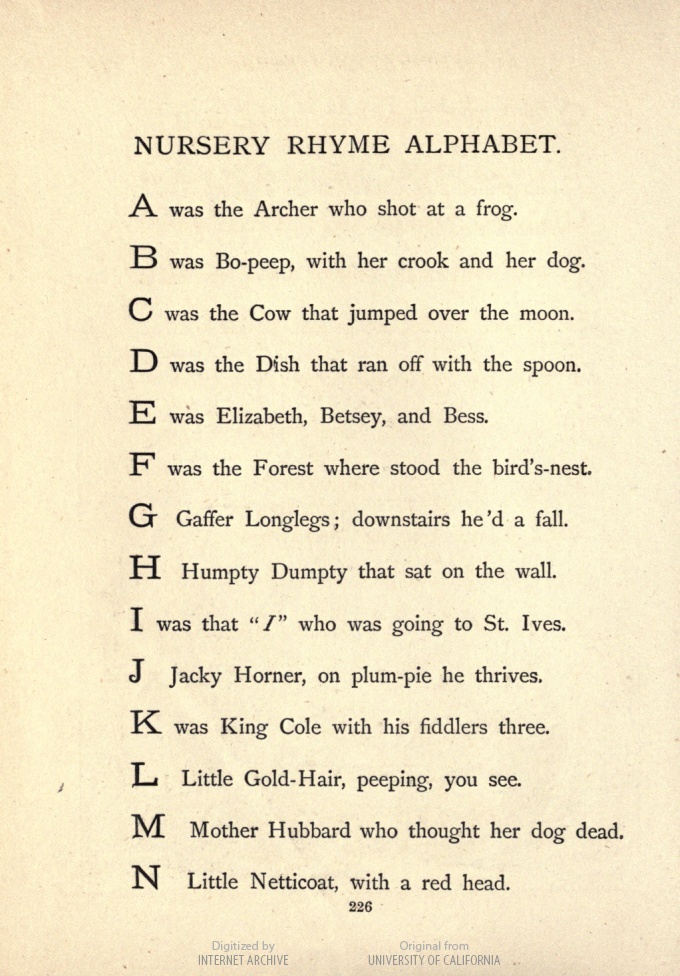 You don’t want to miss this amazing collection of activities designed to teach shapes for kids! Hands-on learning fun for preschoolers. Whether you’re looking for…
You don’t want to miss this amazing collection of activities designed to teach shapes for kids! Hands-on learning fun for preschoolers. Whether you’re looking for…
Read More Shapes for KidsContinue
WOODEN ROLLS | Science and Life
Igor and Irina Sapunkov demonstrate their toys at the exhibition "The Art of Living in the Country" (Moscow, All-Russian Exhibition Center).
Bright, expressive characters of Igor Sapunkov: a balalaika player, a dandy peasant, a hard worker.
Science and life // Illustrations
The Sapunkovs call these little men, keepers of good family relations, in different ways.
Rostov Petrushka - mechanical toy. Such fun is called a jerk.
‹
›
View full size
Not far from Rostov the Great, in the village of Shurskol, lives a master of turning wooden toys, Igor Aleksandrovich Sapunkov. He made his first fun for children - Rostov's Petrushka - seventeen years ago. Then his toy business began. And along the way - a passion for painting, graphics, poetry. This was preceded by years of study at a forest technical school near Leningrad, service in the Navy, work on a river boat on the Ob and Irtysh rivers. For forty years of his life, Igor had a chance to visit various parts of the country - from Moldova, where he was born, to Kamchatka, to see the reserved places of Kyrgyzstan, Siberia, the Far East, to get acquainted with folk crafts.
And along the way - a passion for painting, graphics, poetry. This was preceded by years of study at a forest technical school near Leningrad, service in the Navy, work on a river boat on the Ob and Irtysh rivers. For forty years of his life, Igor had a chance to visit various parts of the country - from Moldova, where he was born, to Kamchatka, to see the reserved places of Kyrgyzstan, Siberia, the Far East, to get acquainted with folk crafts.
Since 1993, Sapunkov has been a regular participant in international exhibitions and fairs of folk crafts and arts and crafts in Yaroslavl. In 1999, his works were presented at an exhibition of contemporary woodcarvers in the Rostov Kremlin. In 2000, a personal exhibition was held at the Art Museum of Yaroslavl, it was called "Character. Incarnation in a tree." At the end of 2003, Muscovites, who visited the exhibition "The Art of Living in the Country", organized by the "Culture" pavilion of the All-Russian Exhibition Center, were able to get acquainted with the artist's toys.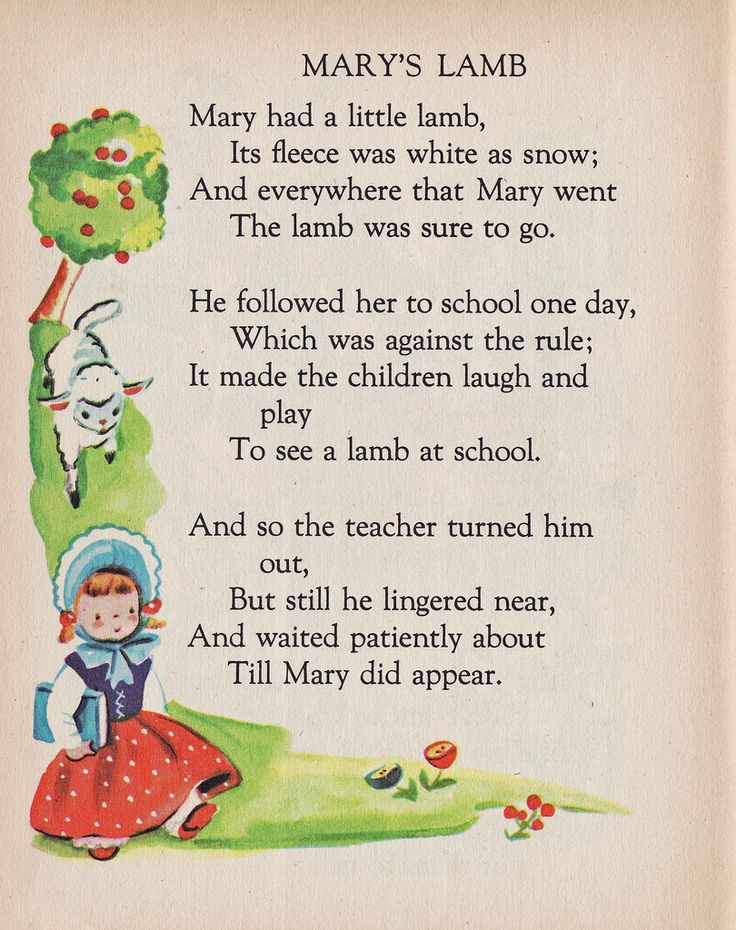
Igor Alexandrovich's wife, Irina Vasilievna, helps to make toys. She is also a forester by profession. Just like a husband, he loves nature. Everything that is required for crafts, the spouses find in the forest. Usually these are the roots of old fallen oaks, unnecessary dry wood of juniper, aspen, linden, birch. The main tools in the work of a toy artist: an ax, a knife, a chisel, chisels, a drill, a lathe and brushes with paints.
Any fun can be created from wood: a miniature man, an intricate puzzle, a rocking horse. And if dad and mom made these toys together with the children, then they have no price. The master thinks so.
The wooden men of the Sapunkovs are unlike one another. Each character has his own "inner world". Igor and Irina do not want to replicate, stamp what they once found, because toys from the assembly line do not please the eye, do not awaken the child's imagination.
And what about the products of the Sapunkovs? Sincere and unique, this is what bribes us.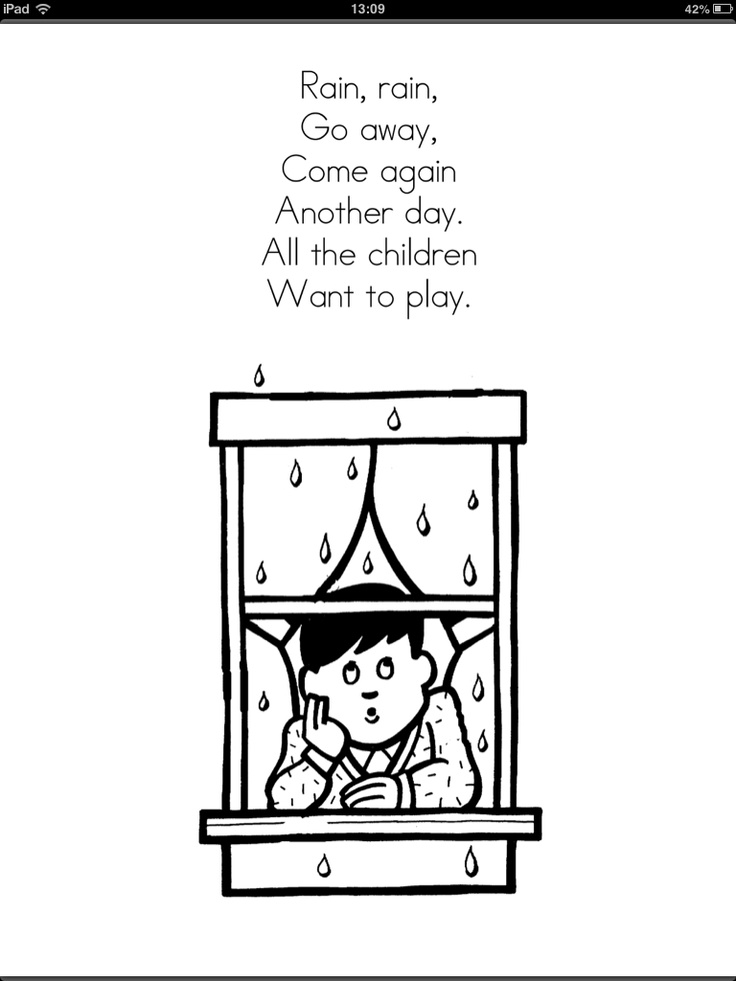
Illustration "Characters of Igor Sapunkov: balalaika player, dandy peasant, hard worker".
Alexandre Benois, recalling the wooden soldiers of his childhood, wrote: “I liked them for two reasons - and because they were painted in especially bright and deep“ colors ”, and because they smelled delicious,“ they smelled of toys ”, - they smelled that wonderful smell with which the toy shops were thickly saturated. The same feelings are evoked by the bright, expressive characters of Igor Sapunkov: a balalaika player, a dandy peasant, a hard worker.
Illustration "The Sapunkovs call these little people, keepers of good relations in the family.".
These little men, the keepers of good relations in the family, are called by the Sapunkovs in different ways: either housemen, or foresters. Made from natural materials (linen, apple wood, oak) and not painted with any varnish, they retain the smell of the forest
Photo by V. Pirozhkov.
Fun exercise for toddlers with a rhyme on their lips
This author's development is the result of the introduction of Russian folklore into physical education, it is aimed at increasing the physical development, as well as the mental development of children of primary preschool age.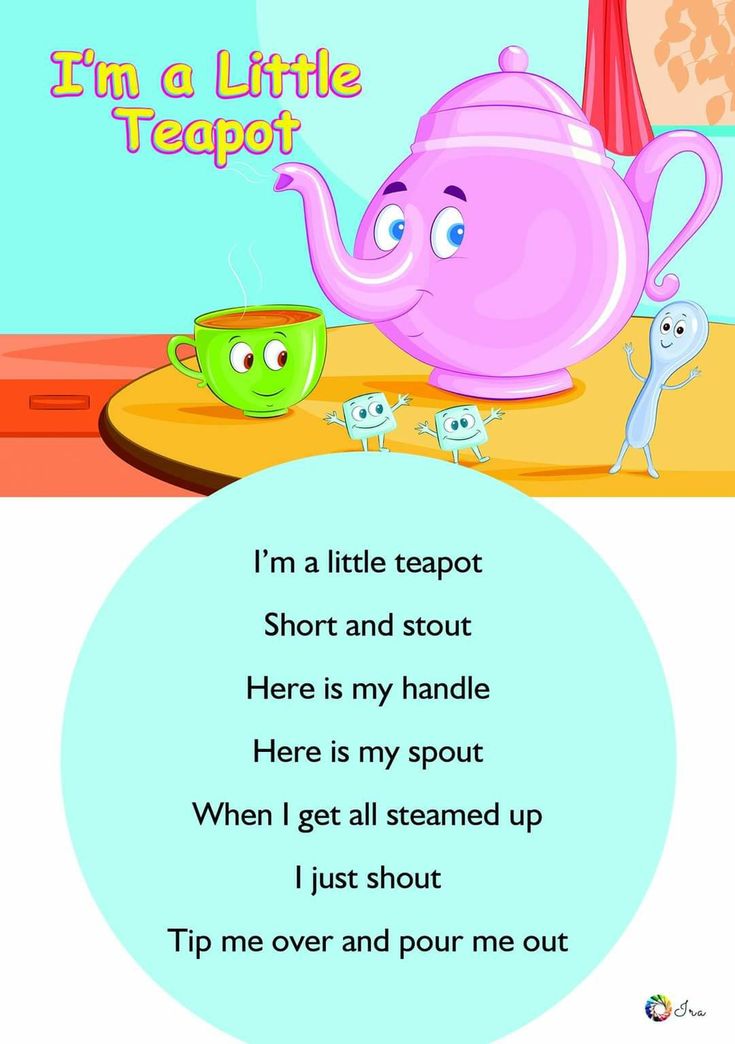 The proposed charging complexes are available for use in preschool educational institutions and families of pupils
The proposed charging complexes are available for use in preschool educational institutions and families of pupils
Introduction.
What is a nursery rhyme?
Why does the baby need them. They are needed in order to entertain, “amuse” the baby (and therefore “amusement”). These are very rhythmic and melodic funny rhymes for all kinds of games with the arms, legs, fingers of the baby.
How can you develop a baby with the help of nursery rhymes? Very simple! Play with him more often, in fun games, and he will draw for himself everything important and necessary. Many of these fun you know very well. These are “Crow Magpie”, and “Horned Goat” and many others. All these are real educational games. Yes, don't be surprised! Play "mosquitoes" with your baby, and you will see for yourself. To do this, connect your thumb, middle and index fingers into a pinch and “circle” them over the baby, saying:
Dariki-dariki,
Evil mosquitoes
Curled, circled,
Yes, they grabbed your ear -
Bite!
Got an ear! Speak the first three lines slowly, and the last quickly, with excitement.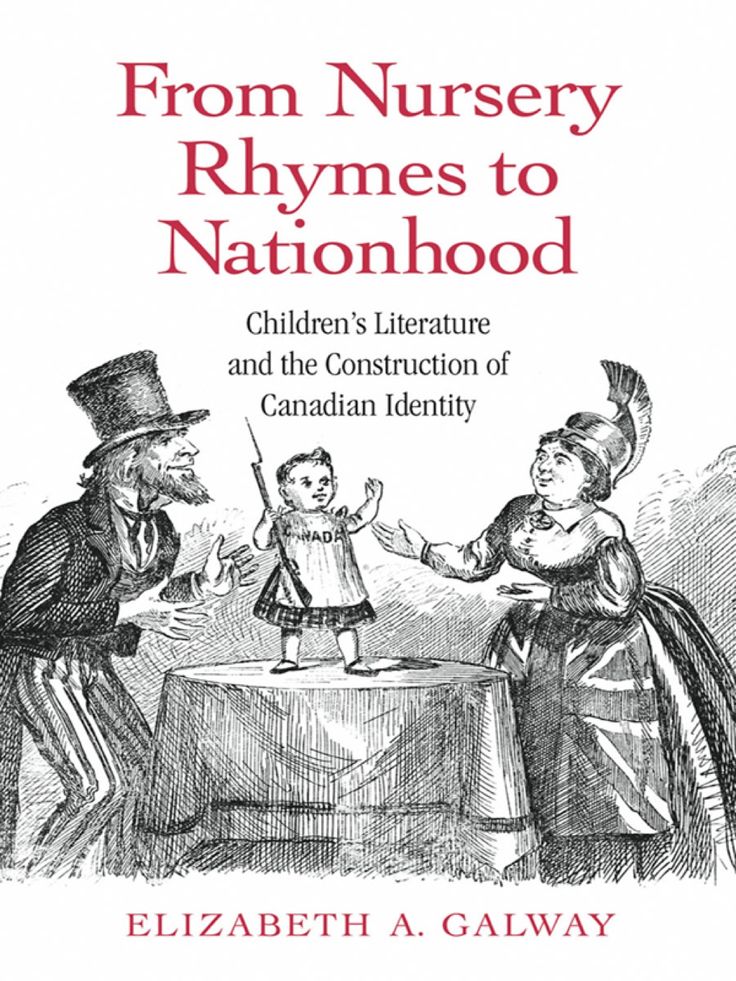 It's like a command to action for the baby: hide your ear! Then the mosquitoes bite on the leg, handle, nose, cheek, elbow, knee - any part of the body. Very soon, the baby will not only remember where he has it, what and how it is called, but with a joyful squeal he will hide the part of the body desired by mosquitoes, as soon as you name it. Here are the benefits for the baby “in one bottle”: we play, communicate with our beloved mom, replenish our vocabulary, study our own body, train our memory.
It's like a command to action for the baby: hide your ear! Then the mosquitoes bite on the leg, handle, nose, cheek, elbow, knee - any part of the body. Very soon, the baby will not only remember where he has it, what and how it is called, but with a joyful squeal he will hide the part of the body desired by mosquitoes, as soon as you name it. Here are the benefits for the baby “in one bottle”: we play, communicate with our beloved mom, replenish our vocabulary, study our own body, train our memory.
And all this is fun and very easy!
Many years have passed since the nursery rhymes appeared, and so far they have not lost their relevance.
In my teaching activities, I also began to use nursery rhymes, but in an unusual form. I made exercises based on nursery rhymes.
I have children from 1.5 to 2 years old in my group and they do this exercise with great pleasure. Children develop speech, memory is trained, they also become physically stronger.
A nursery rhyme introduces a child to the world around him, teaches him to live, teaches him to have fun. We can say that a nursery rhyme is a fun folk school for the little ones.
We can say that a nursery rhyme is a fun folk school for the little ones.
1. Rhyme-based charging system.
We learned to walk, raising our legs,
This is how our little ones walk merrily
Thumper, top, top, top, merrily walk
The children walked, walked, walked, and to whom did they come?
They came to visit the duck.
Our ducks in the morning
Quack, quack, quack, (hands on the belt, turn in one direction)
Our geese by the pond
Ga - ha, ha-ha-ha ( hands on the belt , turn to the other side)
A turkey in the yard
Ball-ball-ball. (stomp their feet)
Jump-jump! (jumping )
Young thrush,
I went for some water, ( we walk)
I found a young one.
Molodichenka ( swinging, hands to the sides)
Small -
Itself with a top,
Head with a pot.
Molodichka is young, ( we are walking)
I went for wood,
Caught on a stump, (sit down)
Sat all day.
I walk, I walk, I walk,
I don't sit still.
I'm running, running, running,
I can't do without movement.
The sun looked through the window,
One, two, three, four, five.
We all do exercises,
We need to sit down and stand up.
Stretch your arms wider,
Bend over, three - four,
Jump in place - five.
2 Rhyme-based charging system.
Our feet walked, top, top
Right along the path, top, top,
Come on, more fun top, top,
Legs stomp, top, top,
Right along the path, top, top.
The older bear walks: top-top.
The bear raises its legs: top-top.
(Stomp your feet).
Medium bear catches up: clap - clap. And he strikes his hands: clap - clap.
(Slapping on the right and left cheeks). The younger bear - hurried: slap - slap - slap.
A bear slaps through the puddles: slap - slap - slap.
(Hit your knees with your palms).
A squirrel is hiding in a hollow,
Can't be found anywhere.
(Tilts to the right, left, jumping in place)
We walked, walked, walked,
Found strawberries on the left,
Sat down, ate,
We went again.
We walked, walked, walked
We found a boletus on the right,
We sat down and took the fungus in a basket,
And let's go again.
Let's stand on our toes,
Get the sun.
Higher, higher we rise,
Higher, higher we grow.
3 Rhyme-based charging system.
We learned to walk, raising our legs,
This is how our little ones walk merrily
Thumper, top, top, top, merrily walk
Children, walked, walked, walked, and to whom did they come?
They came to visit the bunny.
Bunny grey,
Nimble Bunny,
Jumps fast along the path,
Jumps quickly along the path.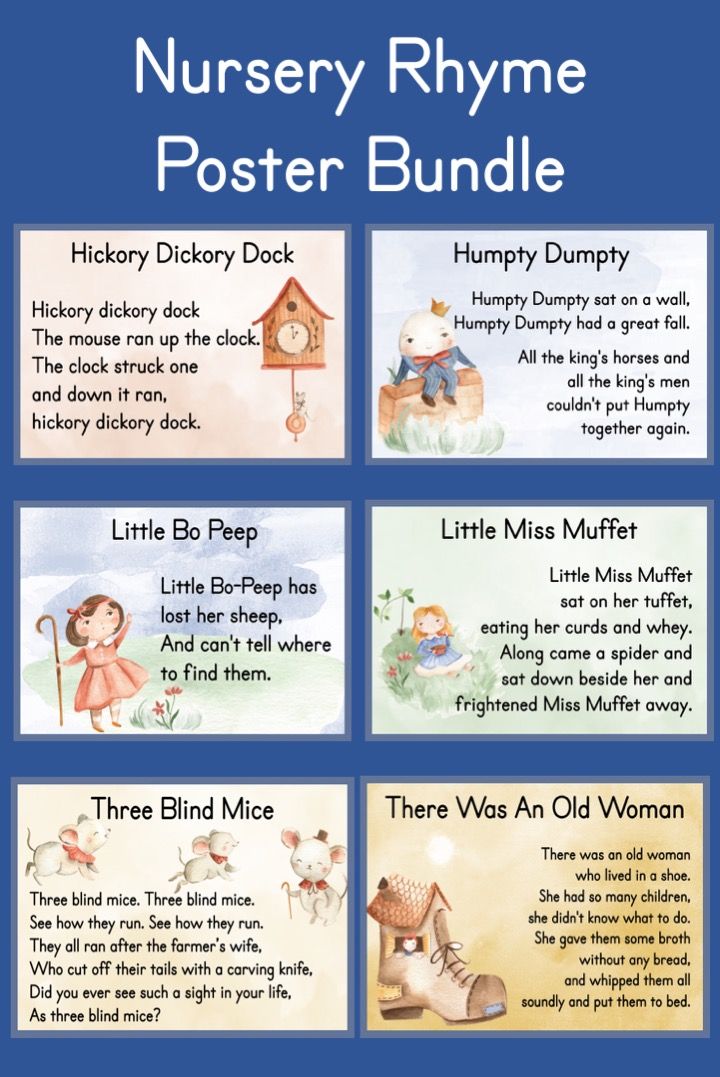
We are going, we are going home ( movements imitate the turn of the steering wheel)
By car,
We drove up the hill:
Clap, (hands up, clap above the head)
the wheel went down:
the wheel went down: ( hands down through the sides, sit down)
I walk, walk, walk,
I don't sit still.
I'm running, running, running
I can't move without movement
Good morning, little eyes! ( Stroke eyes with index fingers)
Are you awake?
Good morning, ears! ( Stroke ears with palms)
Are you awake?
Good morning, pens! ( Stroking one or the other hand)
Are you awake? ( Handclaps)
Good morning, legs! ( Stroking feet)
Are you awake? ( Stomp your feet)
Good morning, sun! ( Raise your hands up, look at the sun)
I am awake!
(woke up)
Literature:
1.

